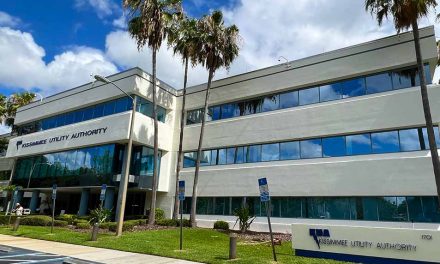The good news: crimes in seven categories that make up the Total Crime Index dropped across the state, with 17,079 fewer reported index crimes, a 6.1 percent drop, compared to the first six months of 2018.
“The positive results of the 2019 Semi-Annual Uniform Crime Report are reassuring that our policies to fight crime are working,” Gov. Ron DeSantis said. “I applaud the efforts of our state’s police chiefs, sheriffs and men and women in uniform for their tireless work day-in and day-out to protect and serve our communities. By working together, we will continue to embrace policies and procedures that lead us toward a safer, brighter future for all Floridians.”
Now for some bad news: according to the crime stats report, Osceola County had 4,065 “index crimes” — murder, rape, robbery, aggravated assault (which includes stalking), burglary, larceny and motor vehicle theft — in the first half of 2019. That’s up from 3,853 in the same stretch of 2018, a 5.5 percent year-over-year increase.
According to the semi-annual report, there were fewer reported rapes (71 the first six months of last year, 65 this year) and burglaries (663 to 551) in Osceola County, but small increases in the other categories helped push the overall total up.
The report showed the St. Cloud Police Department reporting 351 of those cases, down 3.8 percent from the first half of 2018, while the Osceola County Sheriff’s Office reported an increase of 4.6 percent, and the Kissimmee Police Department showed and increase of 11.4 percent.
Locally, the stats weren’t all bad. The clearance rate, or the number of cases “cleared” with an arrest, charges filed or turned over the to the courts for prosecution, rose from 26.2 per 100 offenses to 30.3.
And Osceola County’s Index Rate Per 100,000 Residents, a way to compare crime rates among counties of different populations, is at 2,261, lower than like-sized counties in population such as Alachua (3,706), Lake (2,271), and Marion (2,515).
The overall state figure is at 2,721, and has steadily fallen the last two decades, down from 6,808 in 1998.
The report, including county-by-county breakdowns, can be found on FDLE’s website at http://www.fdle.state.fl.us/FSAC/UCR-Reports.aspx. Click here to download the Osceola County report.



















